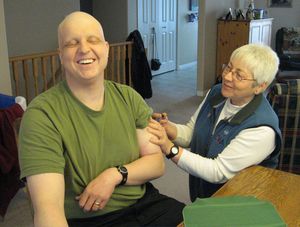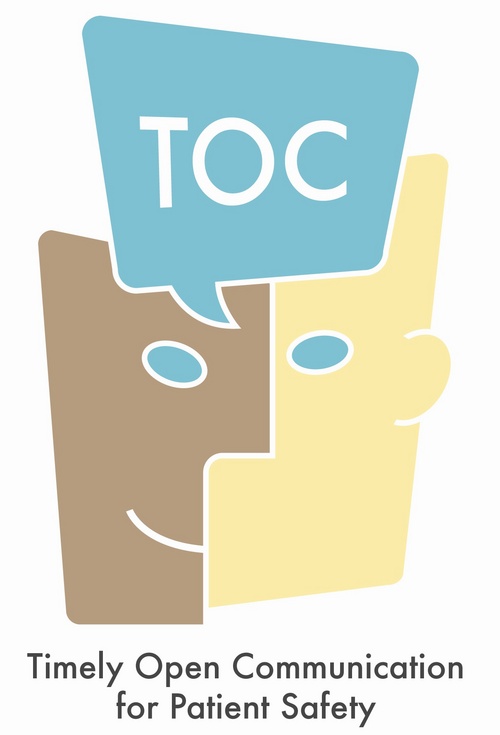



Bringing it home
Effective communication can prevent human error and improve patient safety.
Some factors are beyond our control, but we have the opportunity to change what happens within our own teams - we can create our own culture of safety and respect. In our day to day work we can make enormous contributions to patient safety by:
communicating effectively with our colleagues
ensuring safe and thorough hand-over to patients within our institutions and at discharge
paying attention and making time to improve the communication and functioning of our teams
improving the quality of our written medication orders and remembering the ’do-not-use abbreviations’
If we can ’close the loop’ and forward feed information to patients, families and other providers we are already making the care we provide safer.
Providers
Implement a standardized approach to hand-over communication between staff, change of shift and between different patient care units in the course of a patient transfer:
use SBAR (situation, background, assessment and recommendation)
allocate sufficient time for communication, ensure time for read-back and questions, limit distractions and interruptions
provide information regarding the patient’s status, medications, treatment plans, advanced directives, and any significant status changes
limit exchange of information to that which is necessary to provide safe care to the patient
 G. Haddock, 2007
G. Haddock, 2007
At the time of hospital discharge, ensure that the patient and the next health-care provider are given key information regarding discharge diagnoses, treatment plans, medications, and test results.
Put communication and effective hand-over skills on the professional development agenda in your workplace
Obtain proper consent and encourage communication between organizations that may provide care to the same patient in parallel, people who might otherwise not have access to the information (for example, traditional and non-traditional providers).[1]
Opportunities for Patient and Family Involvement
Provide information to patients about their medical conditions and treatment care plan in a way that is understandable to them
Make patients aware of their prescribed medications, doses, and required time between medications
Inform patients each shift of the most responsible provider of care and whom to contact if they have a concern about the safety or quality of care
Provide patients with the opportunity to read their own medical record as a patient safety strategy
Create opportunities for patients and family members to address any medical care questions or concerns with their health-care providers
Inform patients and family members of the next steps in their care, so they can communicate this to the care provider on the next shift if necessary, or so they are prepared to be transferred from one setting to the next, or to their home
Invite and involve patients and family members to participate in decisions about their care at a level they feel comfortable with [1]
What now?
Take this quiz to review some of the key points and terms from the module:

These questions are based on the objectives at the start of the module and will help you to think about how to apply what you have learned about communicating for patient safety in your team and workplace.

_________________________________
1. World Health Organization. Communication During Patient Hand-overs. Patient Safety Solutions. 2007;May. Available from: www.ccforpatientsafety.org/Patient-Safety-Solutions/
 Previous
Previous